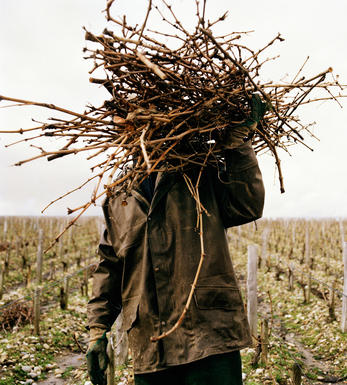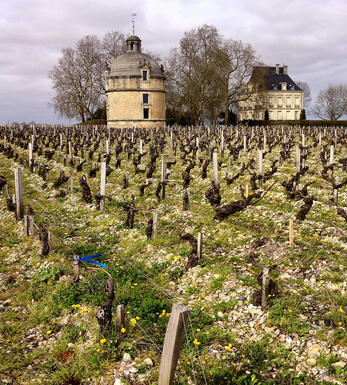
2005 Château Peyrabon, Haut-Médoc, Bordeaux

Critics reviews
Robert M. Parker, Jr. - Wine Advocate - eRobertParker.com #219 Jun 2015
Robert M. Parker, Jr. - Wine Advocate - eRobertParker.com #219 Jun 2015
About this WINE

Chateau Peyrabon
Château Peyrabon is a cru bourgeois property that is owned by Patrick Bernard. It is an unusual Bordeaux château in that its vineyards are divided between the appellations of Haut Médoc and Pauillac.
The Haut Médoc vineyard is a large one, being over 30 hectares in size and lies several miles inland from the Gironde. This location puts it a mile or so from the Pauillac commune boundary and Peybaron's vineyards neighbour those of Liversan and Ramage La Batisse. The Pauillac wine is sold as La Fleur de Peyrabon, while the Chateau Peyrabon wine is Haut-Médoc.
The wine is typically a blend of 50% Cabernet Sauvignon, 27% Merlot and and 23% Cabernet Franc.
Since it was bought by Bordeaux merchant Patrick Bernard in 1998, Peyrabon has benefited from serious investment to improve its quality and the recent results show how far the quality has soared. Grown on excellent gravelly terroir the wine is now definitely of top Cru Bourgeois standard. And exhibits a distinct touch of class.

Haut-Medoc
Despite being as visually unprepossessing as the rest of the Médoc (despite its grandiose châteaux) this large red-wine appellation of Haut-Médoc is home to some of the world’s greatest wines. Its 4,500 hectares of vineyards form a largely continuous strip that follows the Gironde from St Seurin-de-Cadourne, just north of St Estèphe, to Blanquefort in the northern suburbs of Bordeaux.
All the great communes of the Left Bank fall within its boundaries: Margaux, St Julien, Pauillac and St Estèphe, as well as the up and coming Moulis and Listrac. These are labelled under their own, more illustrious and expensive appellation names. Châteaux labelled simply as Haut-Médoc rarely reach such heights, but nevertheless offer consistently good quality and offer some of the best value in Bordeaux.
Haut-Médoc wines tend to be firm and fine with generous fruit and a nice minerality – what many would consider ‘classic Claret’. They come from loftier vineyards and offer higher quality and more complexity than those labelled simply as ‘Médoc’. Almost all wines are a blend of the principal varieties – Cabernet Sauvignon, Merlot and Cabernet Franc – which helps producers hedge their bets if the slightly capricious climate causes one variety to fail. Small amounts of Petit Verdot, Malbec and even Carmenère are also used.
The higher proportion of sand and gravel to the south tends to produce finer wines, while the heavier clay and gravel north of Margaux yields sturdier examples. The best Haut-Médocs are found north of Ludon, a village just below Margaux. These include five classified Growths: Third Growth Ch. La Lagune, underperforming Fourth Growth Ch. la Tour Carnet and Fifth Growths Ch. Cantemerle, Ch. Camensac and Ch. Belgrave – as well as a number of fine Cru Bourgeois. Ageing ability varies but the lesser wines are usually delicious after three to four years, lasting around a decade, while the Cru Classés have a drinkability window of around six to 15 years.
Recommended Châteaux (labelled as Haut-Médoc): Ch. Beaumont, Ch. Belgrave, Ch. Cantemerle, Ch. Peyrabon

Cabernet Sauvignon Blend
Cabernet Sauvignon lends itself particularly well in blends with Merlot. This is actually the archetypal Bordeaux blend, though in different proportions in the sub-regions and sometimes topped up with Cabernet Franc, Malbec, and Petit Verdot.
In the Médoc and Graves the percentage of Cabernet Sauvignon in the blend can range from 95% (Mouton-Rothschild) to as low as 40%. It is particularly suited to the dry, warm, free- draining, gravel-rich soils and is responsible for the redolent cassis characteristics as well as the depth of colour, tannic structure and pronounced acidity of Médoc wines. However 100% Cabernet Sauvignon wines can be slightly hollow-tasting in the middle palate and Merlot with its generous, fleshy fruit flavours acts as a perfect foil by filling in this cavity.
In St-Emilion and Pomerol, the blends are Merlot dominated as Cabernet Sauvignon can struggle to ripen there - when it is included, it adds structure and body to the wine. Sassicaia is the most famous Bordeaux blend in Italy and has spawned many imitations, whereby the blend is now firmly established in the New World and particularly in California and Australia.


Buying options
Add to wishlist
Description
With its classic cassis nose and a deep, liquorice tinged flavour on the palate, this delicious Claret from the exceptional 2005 vintage is wonderful with lamb or hard cheeses. Chateau Peyrabon has benefited from serious investment since 1998 to improve its quality and the recent results show how far the quality has soared. Grown on excellent gravelly terroir the wine is now definitely of top Cru Bourgeois standard. This is a rising star, and a wine to watch as the investment in the cellars and vineyard begins to pay off. Its 2005 vintage has a classic cassis nose and a deep, liquorice-tinged flavour on the palate. It will go well with navarin of lamb, daube de boeuf and hard cheeses.
wine at a glance
Delivery and quality guarantee